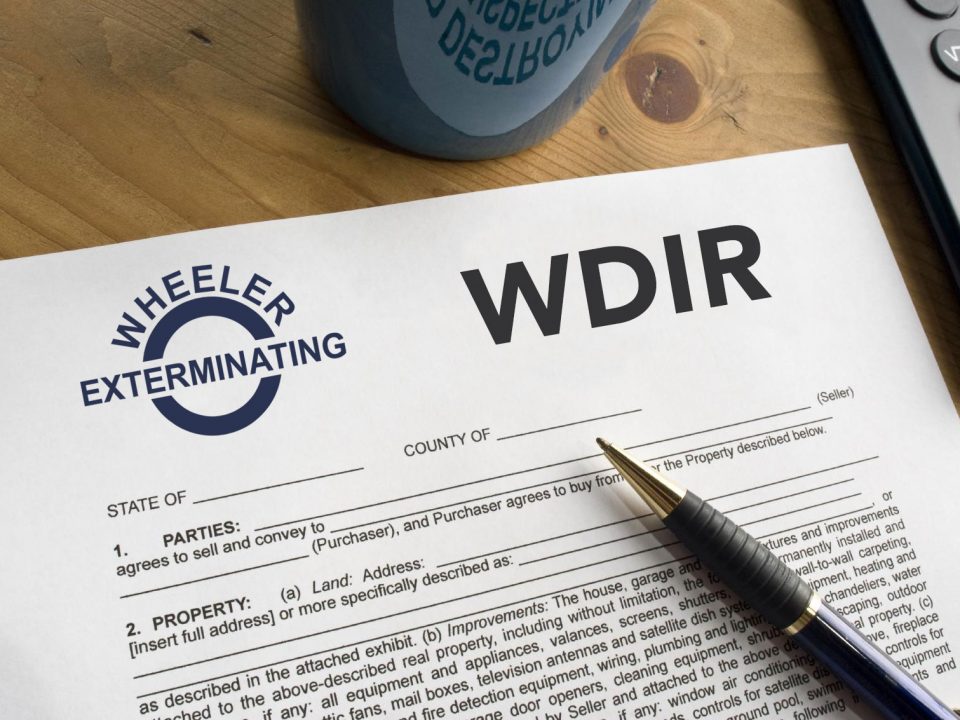Termites are Swarming

If you notice termite swarmers around your home, in Eastern NC, then they are most likely subterranean termites. Swarming usually occurs during the daytime and is simply nature’s way of reminding you that termites are nearby. The swarmers likely came from a nearby underground nest. If most of the insects are found outdoors, then the nest is likely somewhere in your yard, possibly near an old tree stump or landscape timbers. If you find most of the swarmers indoors then you could possibly have an infestation under your home.
In nature, termites swarm to disperse and start new colonies. Triggered by warmer temperatures and rainfall, the winged termites emerge from the colony and fly into the air. The swarmers then drop to the ground, shed their wings, pair off with a mate, and attempt to begin new colonies in the soil. Swarms of termites emerging from tree stumps, woodpiles, etc. out in the yard are not necessarily cause for concern, and do not automatically mean the house is infested.
Termite swarmers emerging inside a home are incapable of damaging wood and only live for about a day. Removal can be accomplished with a vacuum.
A typical, mature subterranean termite colony can consist of anywhere between 60,000 and two million workers. Subterranean termites use their scissor-like jaws to eat wood 24 hours a day, seven days a week. Like other termite species, subterranean termites also feed on products containing cellulose.
The best method of subterranean termite control is prevention first and foremost. Avoid water accumulation near the home’s foundation, as these pests are attracted to moisture. Divert water away with properly functioning downspouts, gutters and splash blocks. Ensure that mulch around the foundation wall of the home is applied and maintained at a level of less than 3”. Reduce humidity in crawl spaces with proper ventilation. Never bury wood scraps or waste lumber in the yard. Additionally, be sure to seal cracks and crevices in the home’s foundation to keep termites out. Most importantly, eliminate wood contact with the soil, and maintain a one-inch gap between the soil and wood portions of the building.
Subterranean termites can cause the most damage of any termite species.Termites lead to more than $5 billion in property damage each year in the United States, a cost typically not covered by homeowner’s insurance. In order to proactively prevent these devastating pests, schedule annual professional termite inspections for your home. If you suspect a termite infestation on your property, contact a licensed pest control professional to determine the extent of the problem and develop an appropriate treatment plan.
Call us today @ (252) 527-5177 to schedule your one time no cost termite inspection.



